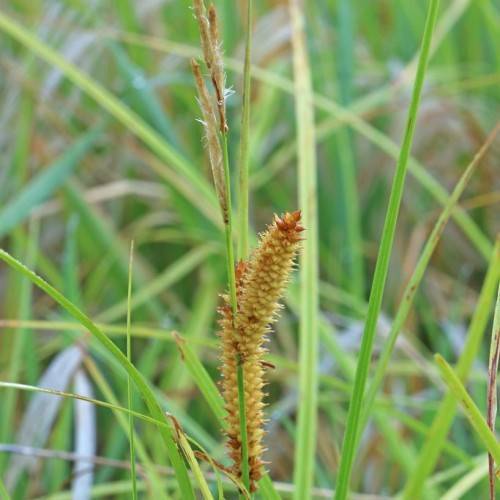
Beaked Sedge
Carex rostrata
Also Known As - Swollen Beaked SedgeWatering:
Minimal
Hardiness Zone:
Sun:
full sun,part shade
Leaf:
Yes
Growth Rate:
Low
Drought Tolerant:
Yes
Salt Tolerant:
Yes
Invasive:
Yes
Care Level:
Low
watering
Sedge (Carex recta x) should be watered once a week with approximately 1-2 inches of water. It is important to water the plant consistently and deeply to encourage deep root growth. During the hotter months, watering may need to increase slightly to make sure the root system is getting enough moisture.
sunlight
Sedge (Carex recta x) plants need plenty of sunlight to thrive. For optimum health and growth, the best amount of sunlight for this species is 6 to 8 hours a day. The best time of day to provide sunlight is during the day’s brightest hours, when the sun is at its highest point in the sky, which is usually between 10am and 2pm. Too little sunlight can stunt the plant’s growth, whereas too much sunlight can cause scorching or burning of the leaf tips.
pruning
Pruning of the Sedge (Carex recta x) can be done in the late spring or early summer. The amount of pruning required depends on the desired height. If the plant is allowed to grow taller than 12 inches, then it should be cut back severely leaving only a few inches of the plant still visible above the soil. This will encourage the plant to grow back fuller and bushier. The surrounding leaves should be left in place, as they help protect the main stems from harsh weather and provide protection from diseases. Avoid pruning beyond halfway through the growing season to reduce the impact of shock from the pruning.
